It is no secret that dogs have long been used for purposes other than companionship. Because of an acute sense of smell, dogs can be trained in medical arenas to detect cancer, diabetes, and other chronic diseases or conditions. You may have also seen the incredible sniffing power of dogs used in missing persons cases, illegal drugs, and hunting applications. Therefore, researchers are now expanding upon this innate ability to train them to detect COVID-19.
The overall hope is for dogs to be able to detect COVID-19 in patients that are not yet displaying any symptoms. The thought process is basically to use this tool as a large-scale screening process for highly populated areas such as airports, sporting events, and recreation areas. [1]


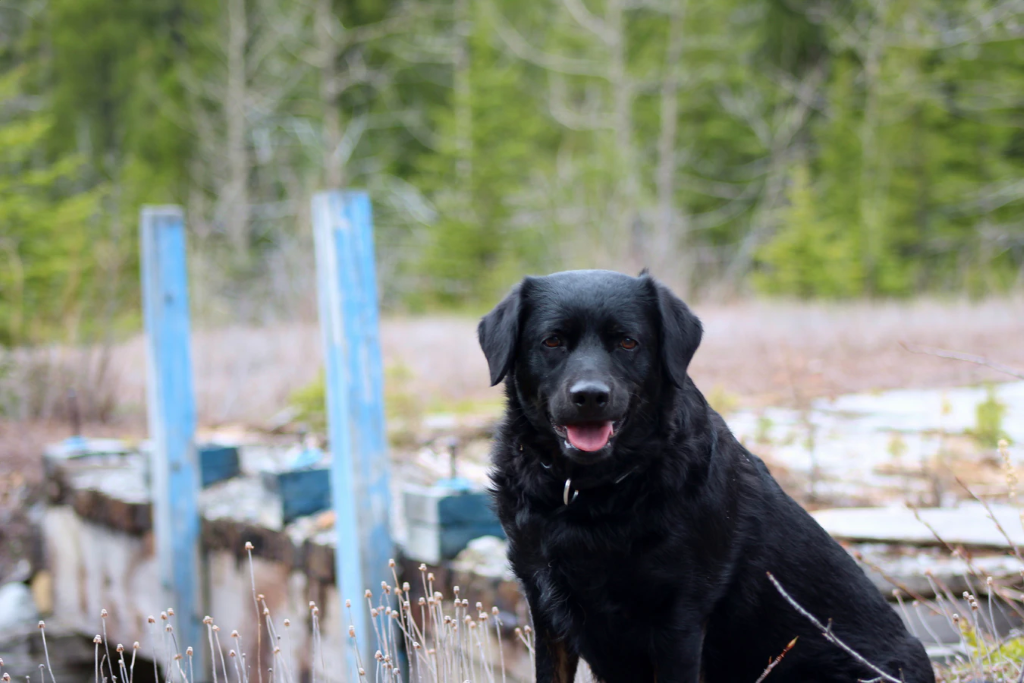

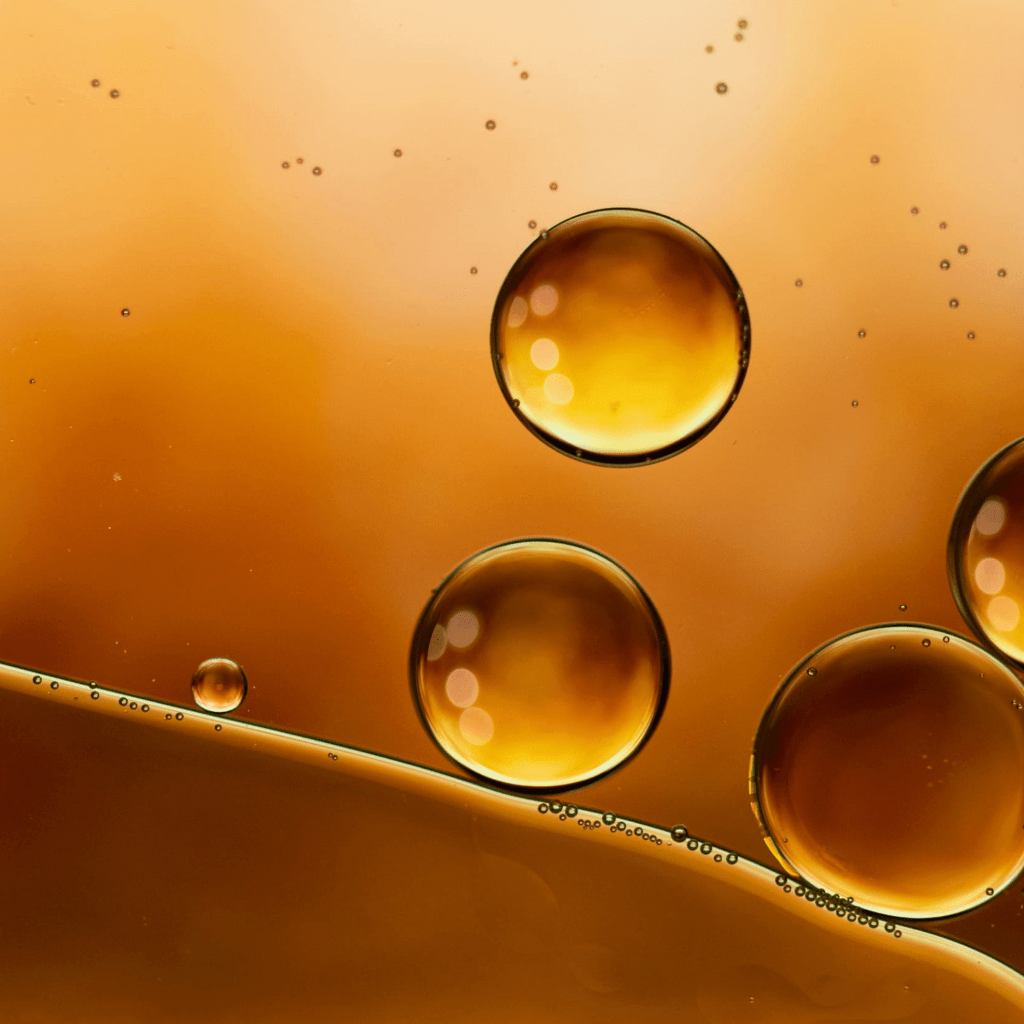
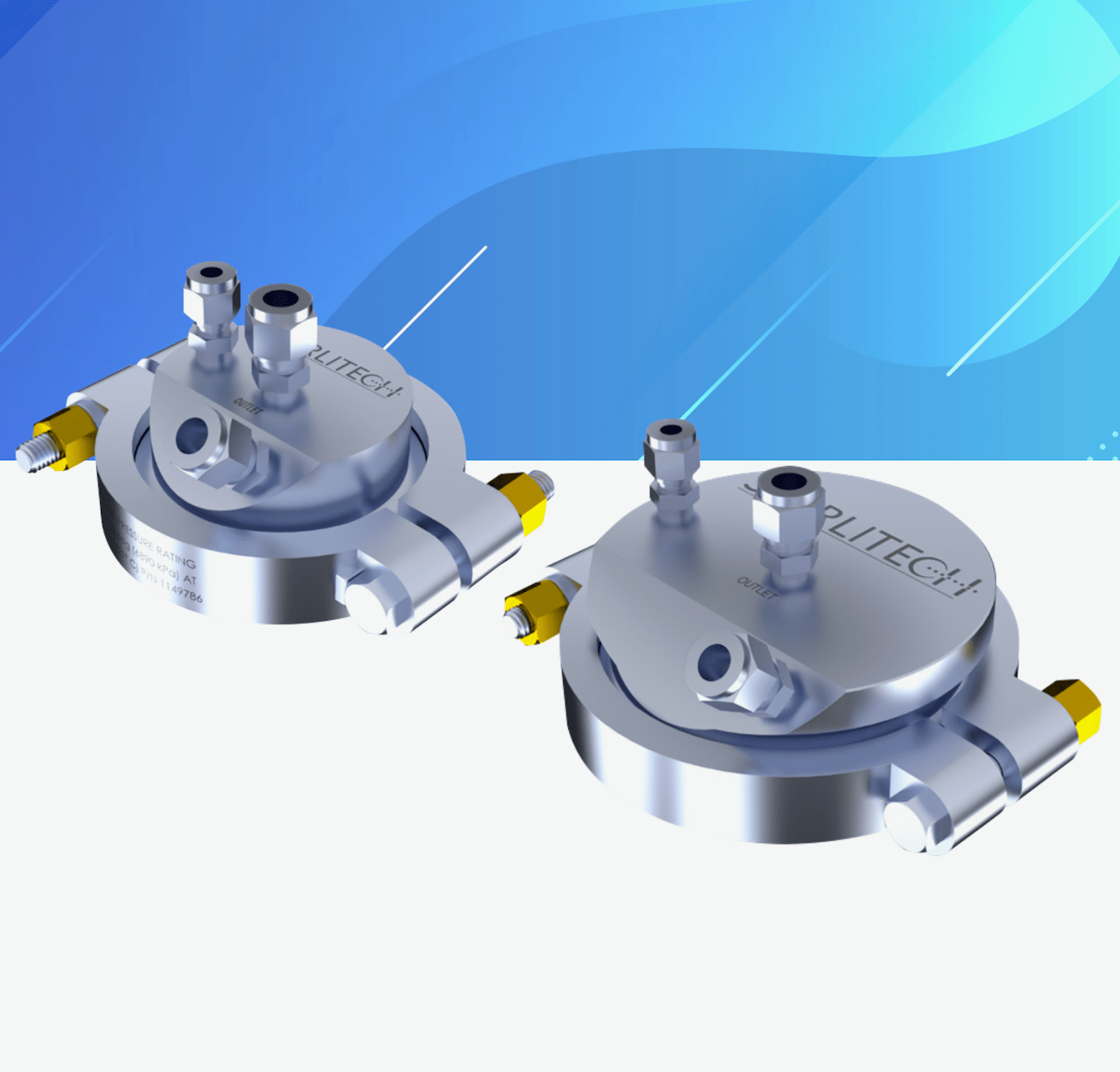
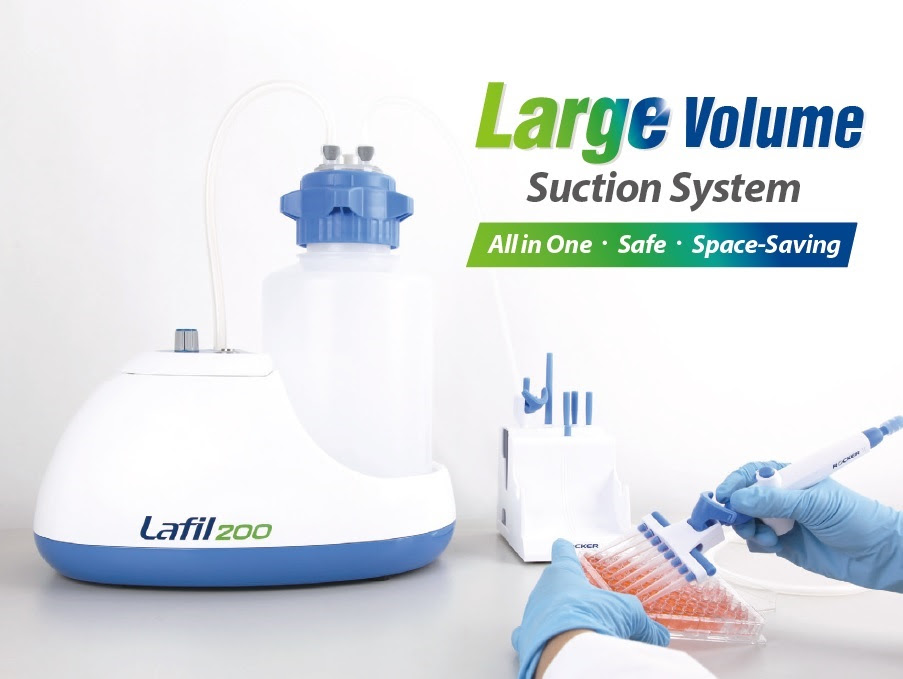
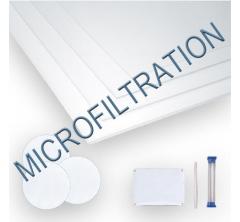
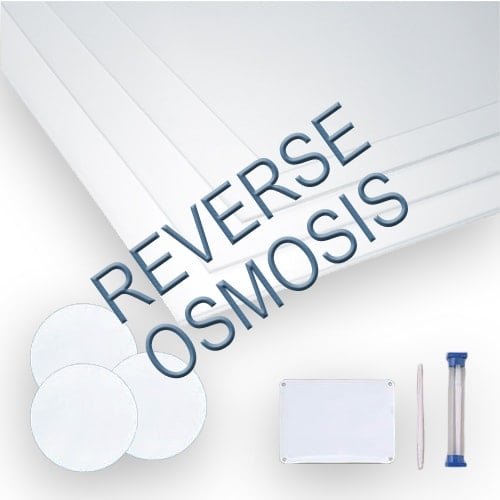
![Join Sterlitech at BIO 2024 [Booth #5558]: Exploring the Future of Biotechnology](https://www.sterlitech.com/media/magefan_blog/b4.jpeg)

